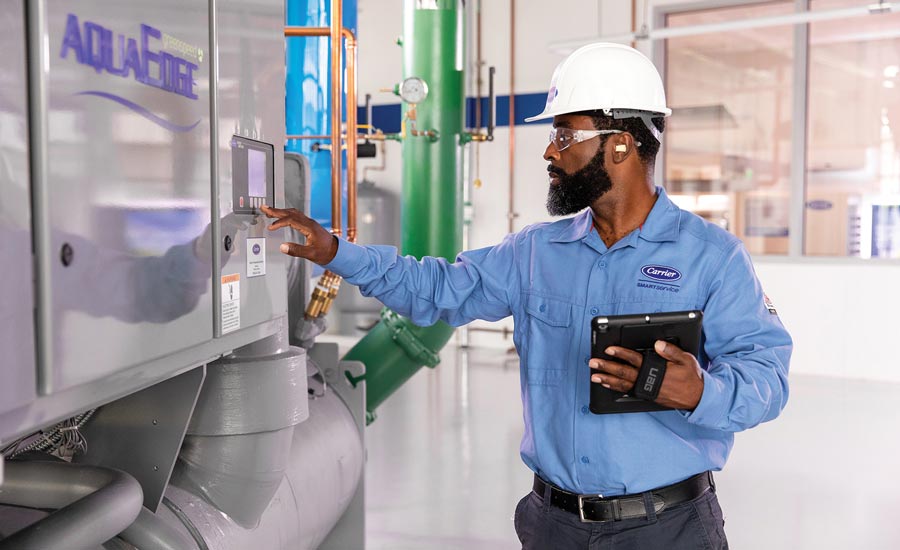Welcome back to another insightful post on TheKitchenApplianceDad.com! Today, we’re diving into the technical world of chillers, particularly focusing on why chillers that use low pressure refrigerants require purge units. This topic is essential for anyone involved in managing large cooling systems, including those in industrial settings or large buildings.
Before delving into the specifics of purge units, let’s understand what low pressure refrigerants are. Low pressure refrigerants, such as R-123 and R-11, operate at significantly lower pressures compared to medium and high pressure refrigerants like R-22 and R-134a. These refrigerants are commonly used in large chiller systems because of their efficiency and effectiveness in larger applications.
Purge units are critical components in systems that utilize low pressure refrigerants. Their primary function is to maintain the efficiency and operational integrity of the chiller by removing non-condensable gases from the refrigerant. Non-condensable gases, typically air that infiltrates the system, can significantly impair a chiller’s efficiency.

Non-condensable gases in the refrigerant system lead to several problems:
Purge units operate by continuously monitoring the refrigerant for the presence of non-condensable gases. When detected, these gases are isolated and removed from the system. Here’s a step-by-step look at how this process typically works:
It’s important to note that while the removal of non-condensable gases is essential, it must be done in a controlled manner to prevent the loss of refrigerant, which can also affect system efficiency and the environment.
The efficiency of purge units, like any other mechanical component, depends on regular maintenance. Lack of proper maintenance can lead to:
Regular checks and maintenance ensure that the purge unit functions optimally, maintaining the chiller’s efficiency and extending its lifespan.
With increasing awareness of the environmental impact of refrigerants, particularly those that are ozone-depleting substances (ODS) and global warming potentials (GWP), the management of these substances is crucial. Purge units help in reducing the emission of refrigerants to the atmosphere, which is essential from an environmental perspective. Proper handling and disposal of extracted gases are also critical to prevent environmental contamination.
Technological advancements have led to the development of more efficient and reliable purge units. Modern units are equipped with automated systems that can more accurately detect and remove non-condensable gases, thereby reducing human error and improving overall system efficiency.
Manufacturers are also focusing on making these units more energy-efficient and integrating them with the main chiller control system for better monitoring and control.
Understanding why chillers using low pressure refrigerants require purge units is crucial for anyone involved in their operation and maintenance. It ensures not only the efficient functioning of chillers but also helps in extending their lifespan and reducing their environmental impact. Stay tuned to TheKitchenApplianceDad.com for more insights into your everyday appliance questions and curiosities.

